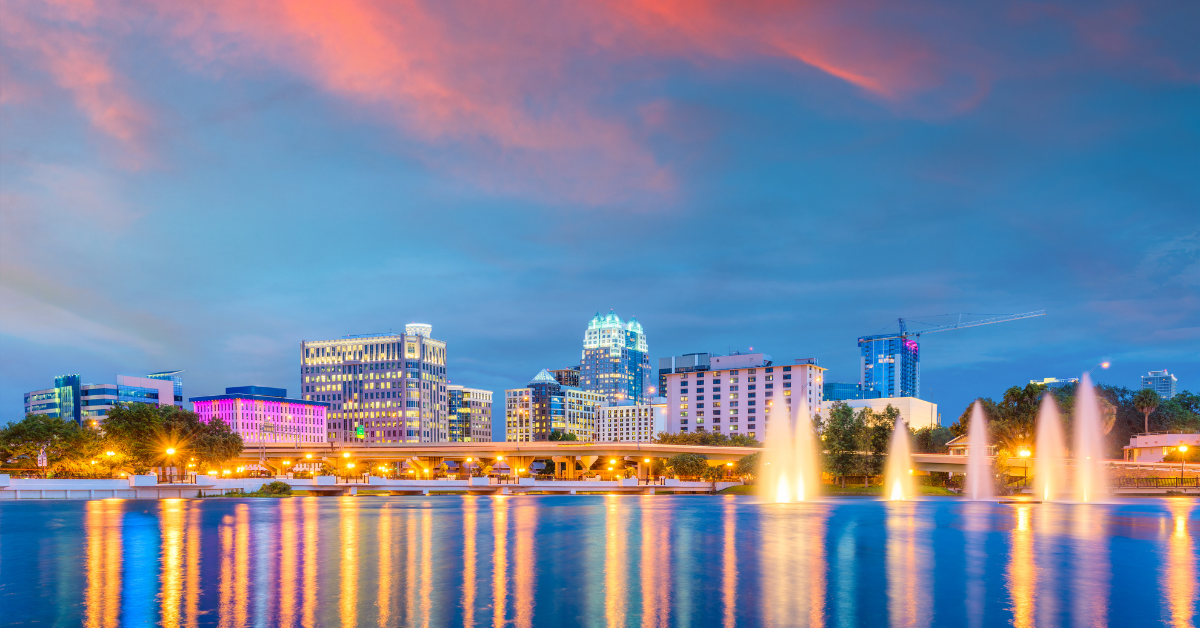For Japanese visitors, Walt Disney World Resort is not just a theme park. It is a city-sized destination that feels far beyond the scale of Tokyo Disney Resort. Japanese travelers often experience unique cultural contrasts in hospitality, food, and entertainment, making their impressions both surprising and memorable.
The Scale of Walt Disney World as Seen by Japanese Visitors
The first thing that surprises Japanese travelers is the vast size of the resort. While Tokyo Disney Resort is compact enough to explore in one or two days, Walt Disney World requires far more time. Even with a week-long stay, it is difficult to experience everything the resort offers.
| Comparison | Tokyo Disney Resort | Walt Disney World (Florida) |
|---|---|---|
| Land size | Approx. 200 hectares | Approx. 10,000 hectares |
| Number of parks | 2 (Disneyland & DisneySea) | 4 (Magic Kingdom, EPCOT, Hollywood Studios, Animal Kingdom) |
| Typical stay | 1–2 days | 1 week or more |
Many Japanese visitors remark that Walt Disney World feels like an entire city dedicated to Disney, rather than just a theme park. Unlike Tokyo, which is often visited as a day trip, the American style emphasizes extended stays, highlighting a cultural difference in how people enjoy the parks.
Hospitality and Cultural Differences
At Tokyo Disney Resort, guests are known to experience polite, attentive service and a strong sense of cleanliness, something highly valued in Japanese culture. This often leads Japanese visitors to pay close attention to the style of hospitality in Florida.
In Walt Disney World, cast members tend to be friendly, casual, and humorous, often joking with guests. For Japanese visitors, this creates a contrast: while Tokyo feels meticulous and formal, Florida feels relaxed and open. Some visitors find this refreshing, while others feel it can be less refined. This contrast reflects deeper cultural differences, making the experience itself a learning opportunity.
Impressions of Food Culture
The variety of food options is another striking point for Japanese visitors. In addition to classic American fare such as hamburgers and steaks, EPCOT allows guests to sample cuisines from around the world. For example, pastries in the France Pavilion, tacos in Mexico, and sushi in the Japan Pavilion give the feeling of traveling across different countries.
However, many Japanese travelers notice that portion sizes are much larger compared to what they are used to in Tokyo. A dish in Florida is often big enough for two people. As a result, sharing food among family and friends becomes the natural way to dine.
Unusual snacks also leave a strong impression. Giant turkey legs and colorful churros, rarely seen in Japan, contribute to the sense of being on a uniquely American adventure.
Japanese Views on Shows and Attractions
Japanese guests are often sensitive to details in storytelling and presentation. Walt Disney World’s shows impress them with their scale and intensity.
The “Festival of the Lion King” at Animal Kingdom, for example, combines live music and acrobatics to create a performance full of energy that feels different from Japanese productions. EPCOT’s nighttime fireworks show, blending lights, sound, and visual effects, is another highlight. Compared to traditional Japanese fireworks, the grand theatrical scale is a memorable difference.
The contrast between Tokyo’s carefully crafted precision and Florida’s bold spectacle allows Japanese visitors to appreciate both styles in unique ways.
Staying at Walt Disney World as a Resort Experience
Unlike Tokyo Disney Resort, which can be enjoyed in a single day, Walt Disney World emphasizes multi-day stays at themed hotels. Each hotel has a unique design, ranging from luxury resorts to family-friendly accommodations. For Japanese visitors, the idea of “staying inside Disney’s world” feels extraordinary.
Guests staying at Disney hotels also enjoy exclusive benefits such as early park entry and extended nighttime hours, making the stay itself part of the attraction. For many Japanese travelers, this introduces a new way of thinking about vacations—not just efficiency and sightseeing, but immersing oneself fully in the experience.
Conclusion
For Japanese travelers, Walt Disney World Resort represents “a resort experience beyond the theme park itself.” The vast scale, cultural differences, food, shows, and lodging all leave strong impressions, especially when compared with Tokyo Disney Resort.
Many visitors describe it as “not just an extension of the Disney they know, but an entirely different world.” By embracing these differences and enjoying them as part of cultural exchange, the memories of the trip become deeper and more meaningful.






